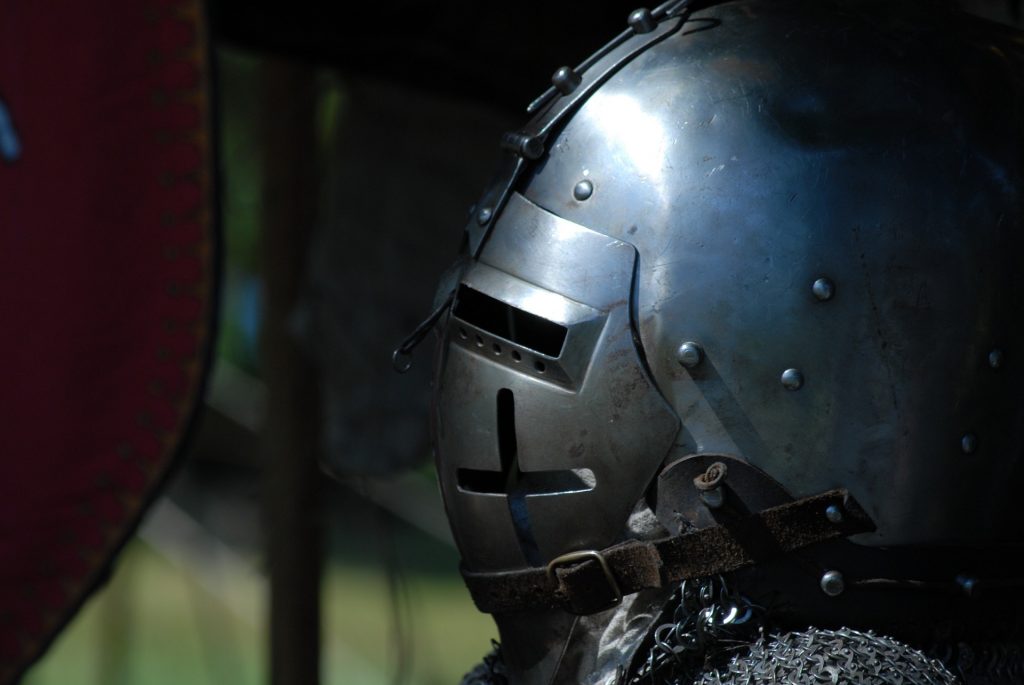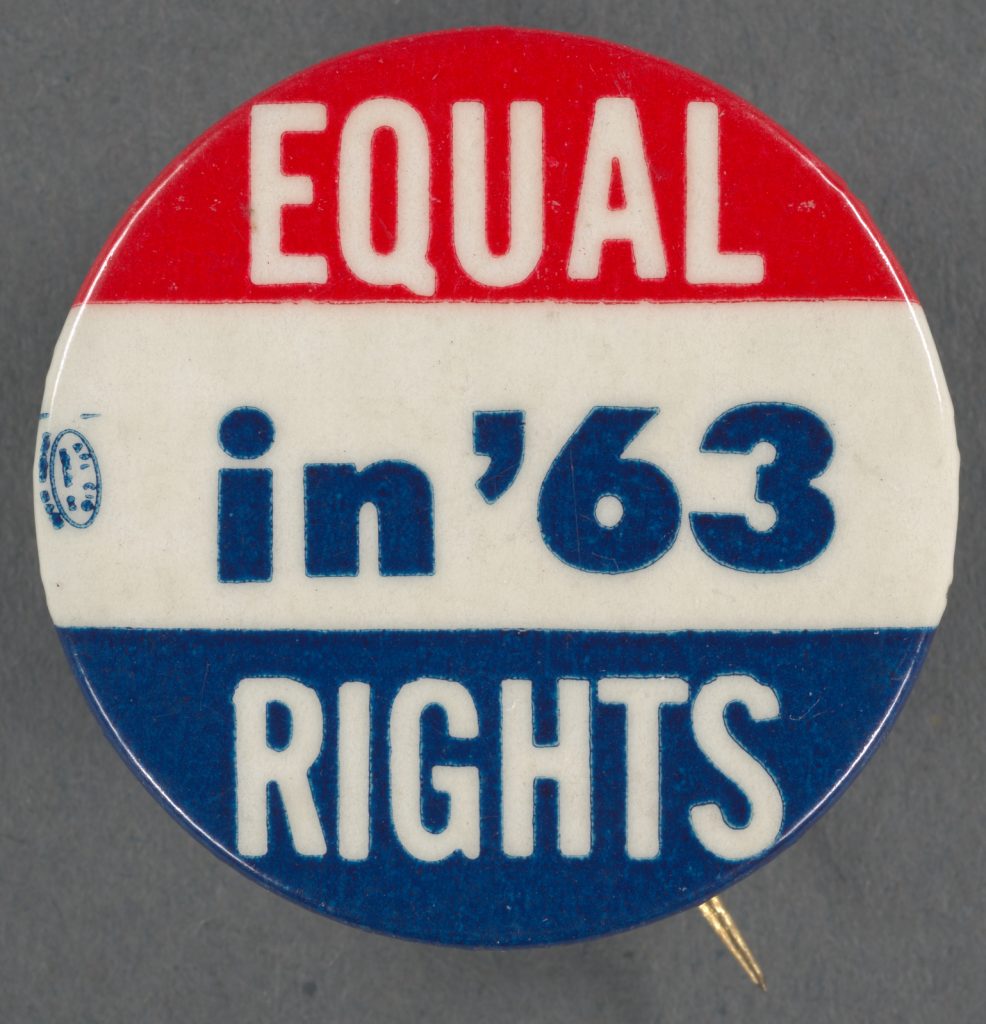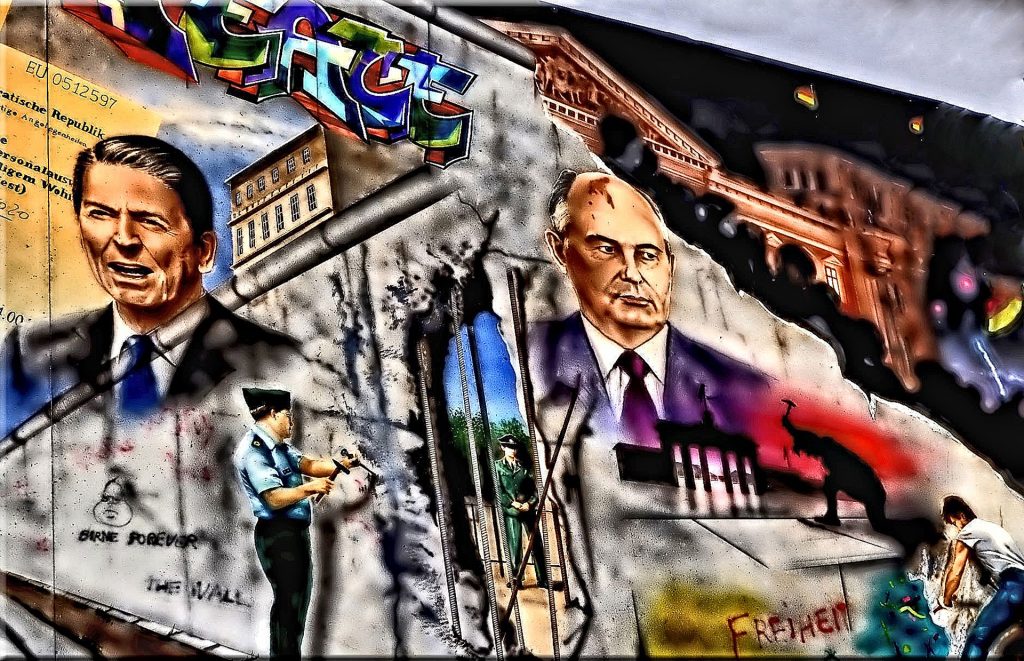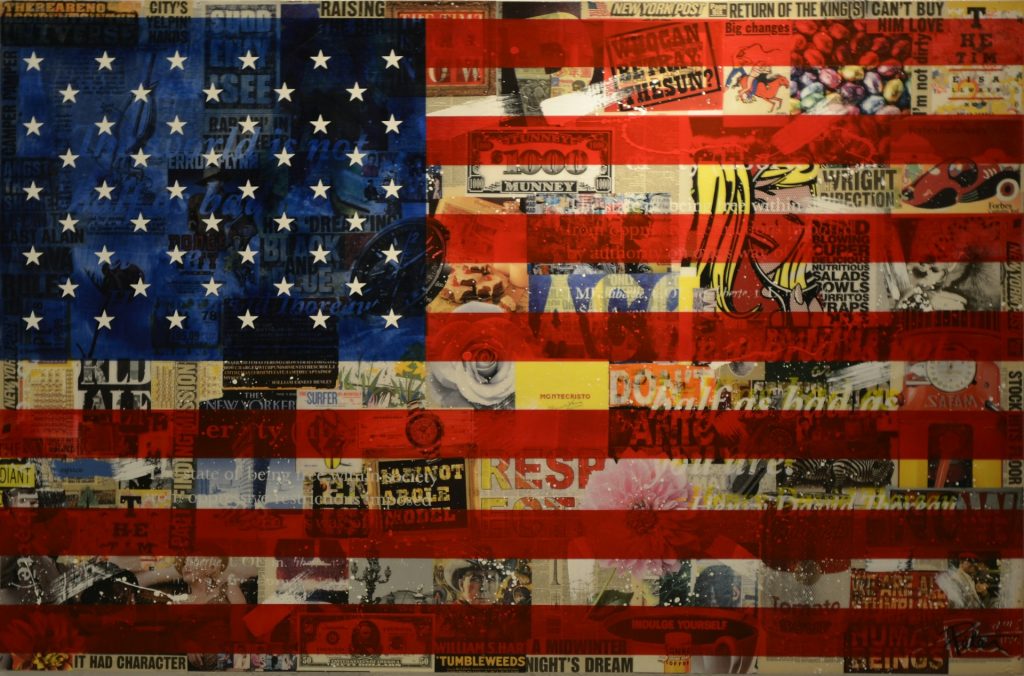We know – the last thing you are thinking about in these cold winter months is this fall, but registration is right around the corner! Take a look below at the upcoming upper-level History classes coming this Fall 2020 semester and save your picks for when registration starts in the week of March 30th.
HIST 141-01: The Historian’s Vocations (Gibbs) – MWF 12-12:50p

Do you love history, but struggle to answer when people ask you, “What are you going to do with that history major (or minor)?” In this course, we will examine the ways the study of history can become the foundation of your larger vocations in life, whether in a career or as a civically-engaged member of your community. We will consider how the skills you will develop as a historian (reading critically, researching widely, writing effectively) provide a foundation for a variety of careers, as well as for a life of meaning and purpose. As part of this course, students will work with the Boerigter Center for Calling and Career, learn practical skills, such as how to write a resume, and develop a plan for pursuing experiential learning opportunities that will aid in vocational exploration and discernment.
This course is required for all history majors and minors who entered Hope College in the Fall of 2018 and later.
Pre-requisite: HIST 140 (can be taken in the same semester)
HIST 200-01A: The Crusades (Gibbs) – MWF 9:30-10:20a

In the late eleventh century, groups of European Christians marched on the Middle East, carrying or wearing the banner of the Cross, and crying, “God Wills It!” The Crusades brought Europeans and Middle Eastern people together, most often in violence, but sometimes in peaceful cultural exchange. Spend seven weeks investigating the causes, the stories, and the results of the Crusades. We will examine them from both the European and the Middle Eastern point of view. Do these long-ago wars matter in the twenty-first century, and if so, why?
Fulfills Pre-1500 OR Global Requirement
Hist 200-01B: Peace Movements in the 20th Century U.S. (Petit) – MWF 2-2:50p

Most history classes emphasize the impact of wars. This class will shift the focus of United States history and examine those who tried to prevent war and ensure peace. We will do a survey of peace movements that emerged during different contexts in the 20th-century United States with particular focus on the following: the Women’s Peace Party of the World War I Era, the labor movement of the 1930s, the Civil Rights Movement that emerged in the 1950s, the Vietnam-era peace protests, and the late 20th-century anti-nuclear movement. Note: instead of a traditional research paper, students in this class will be building a research-based website. Fulfills U.S. Requirement. (Grand Challenges Initiative Pathways course) (GLD)
HIST 242: Topics in 20th Century European History (Tseng) – MWF 2-2:50p

This course surveys the history of twentieth-century Europe from three chronologically overlapping vantage points. These are “the age of catastrophe,” “the age of secular ideological extremes,” and “the limits of secularism.” Implied in the organization of the course is the argument that each of these vantage points in some ways epitomizes the century. The events and developments examined in this course are chosen to reflect these concerns. In addition to mastering the main events and developments that have defined the twentieth century, an important component of the course is to reflect on current events in light of the history of the past century. In other words, we as a class will learn to “think like a historian.” Fulfills European/Regional Requirement.
HIST 314: Modern Japan and Korea (Tan) – MWF 1-1:50p

In the global economy, Japan and Korea are among the world’s leading nations driving economic and technological developments. Japanese and Korean brand names and icons are everywhere: Toyota, Samsung, Hello Kitty, Pokemon, and Psy’s Gangnam-style dance. In this course, we will ask these questions (and more): How did Japan become an empire? How was Korea implicated in World War II? What are the origins of the Korean War and the rise of North Korea? Why are Japan and Korea important for today’s U.S. foreign policies? This course focuses on key issues in Japanese and Korean history in the East Asian and global contexts since 1600 and explores how Japan and Korea have become the modern nations that they are today. Fulfills the Regional Requirement.
HIST 355: U.S. Foreign Policy (Johnson) – MW 3-4:50p

This course traces the development of U.S. foreign policy from the 1898 Spanish-American War to the present. In this period the U.S. emerged as a great world power, assumed center stage during World War II, offset the threat of the Soviet Union during the Cold War, and currently claims title to being the world’s lone superpower. Through readings, discussion, and special projects, students will examine the historical progression of America’s rise to global dominance and analyze the international challenges facing the nation as it strives to formulate an effective foreign policy in the 21st Century.
Fulfills U.S. Requirement.
Questions about requirements? Check out the History Department website here.


